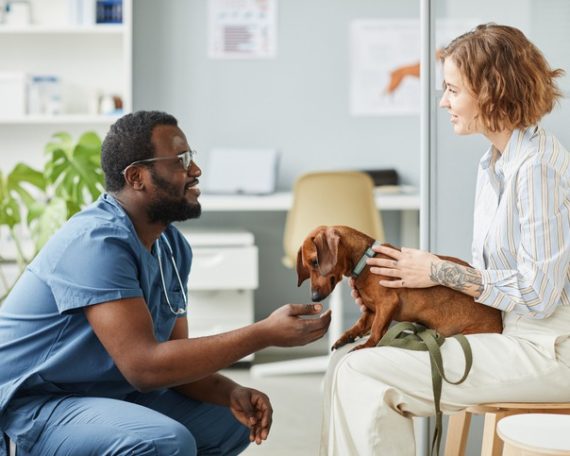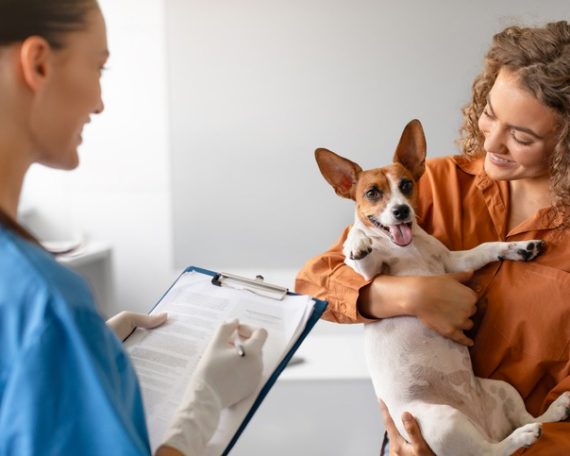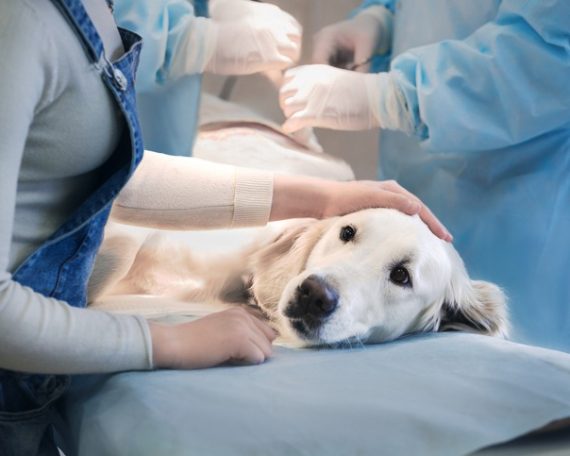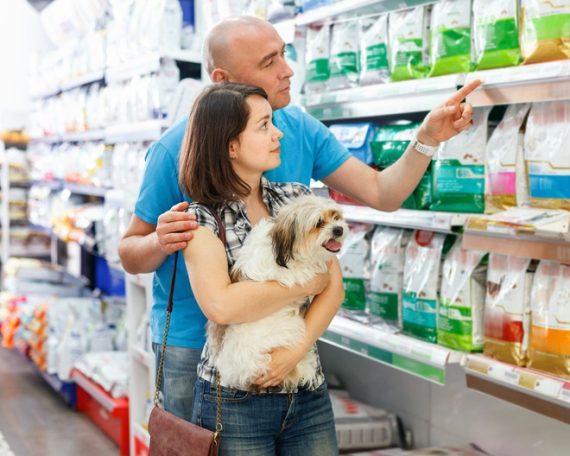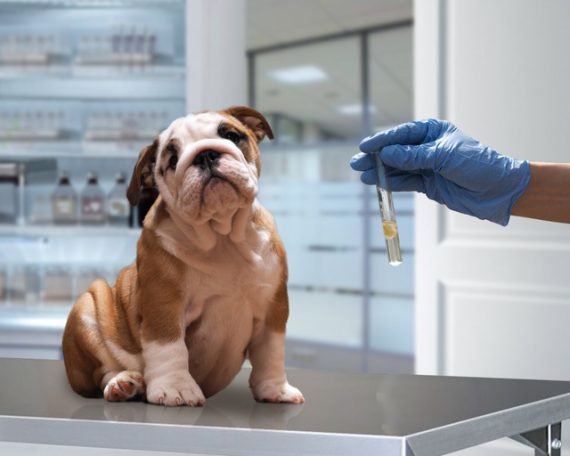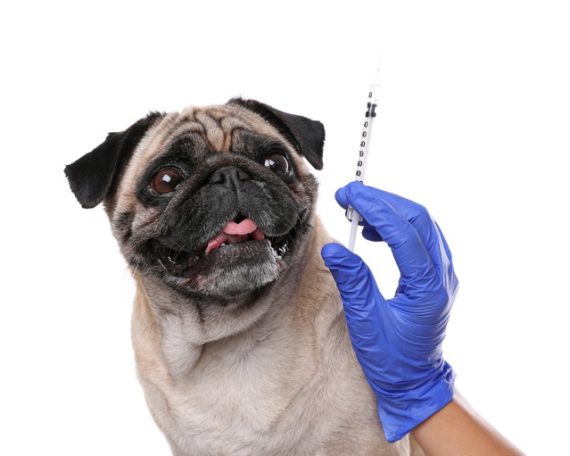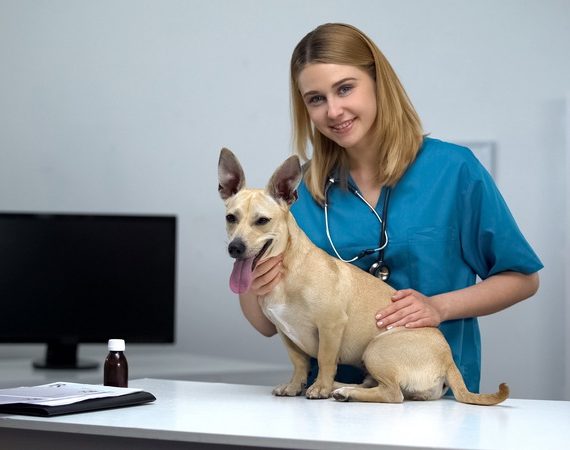Steps for Finding an Affordable Dentist
Finding an affordable dentist can seem daunting, especially as dental care costs continue to rise. Maintaining oral health is essential, yet it should not strain your finances. The good news is that there are practical steps to take and resources available to help find a dentist that fits your budget. This article outlines effective strategies to ensure you receive quality dental care without overspending. These steps not only help manage costs but also ensure that your dental health needs are met efficiently.
Where to Start When Looking for Affordable Dental Care
Kickstarting your search for an affordable dentist involves tapping into various resources and networks. One primary area to explore is local dental schools. These institutions often offer services at reduced rates as part of their students’ training, with oversight from experienced professionals.
Don’t overlook asking for recommendations from friends or family who might know of cost-effective dental services. Online review platforms provide insights into real patient experiences, helping you make informed decisions. Also, reviewing your dental insurance coverage can identify local providers that might fall within your budget.
Different Payment Options
Before choosing a dentist, understanding the payment options they offer can significantly impact affordability. Many dental practices provide payment plans that allow flexibility in paying for essential treatments. Discuss any available sliding scale fees, which adjust costs based on income, or inquire about discounts for cash payments. Exploring these options makes keeping up with dental care more manageable financially.
-
Explore available payment plans that match your budget
-
Look for sliding scale fees that adjust based on income
-
Ask about discounts for upfront cash or full payments
Government-Supported Programs and Clinics
Utilizing government-supported programs can be a reliable way to access affordable dental care. Programs like Medicaid and the Children’s Health Insurance Program (CHIP) often cover dental services for eligible individuals and families. Some areas also have state and local health departments that provide clinics with services at reduced rates. Familiarizing yourself with the services covered and the network of available providers can immensely aid in locating affordable care.
-
Check Medicaid and CHIP for dental service coverage
-
Seek out government clinics offering reduced-cost services
-
Contact your local health department for available dental programs
Special Offers and Discounts
Many dental offices offer special deals for first-time visitors, significantly lowering the cost of initial exams or cleanings. It’s beneficial to visit dental practice websites or directly contact their offices to inquire about current promotions. Following dental practices on social media or signing up for their newsletters can keep you updated on exclusive discounts and packages for various services.
-
Look for introductory offers available for new patients
-
Find package deals for routine exams and cleanings
-
Subscribe to newsletters for updates on special discounts
Prioritizing Preventative Care
Prioritized preventative care is a cost-effective approach and helps avoid future dental problems. Regular visits for cleanings and exams allow issues to be detected early, preventing more significant, costly procedures. Connecting with a caring family dentist ensures consistent and quality care across your household, fostering a healthier environment for everyone.
Utilize Community Clinics
Community health centers or clinics often receive funding to offer dental services at lower costs, serving as a valuable resource for affordable dental care. Nonprofit organizations sometimes partner with these clinics to address specific dental needs at reduced rates. Identifying such options in your community and reaching out to them provides additional avenues for affordable care.
Cost-Effective Dental Treatments
Focusing on preventative care reduces the need for expensive treatments like crowns or root canals. Practices focusing on restorative dentistry services at Sugarloaf Smiles offer various solutions to maintain optimal dental health. Such clinics emphasize minimally invasive procedures, which are not only effective but also prevent more severe issues, thus resulting in cost savings over time.
Exploring Cosmetic Dentistry Options
Cosmetic dentistry can improve smiles without breaking the bank. Services like Invisalign treatment by skilled Duluth dentist provide economical options to enhance your appearance. Treatments can be more affordable through payment plans or exploring ongoing discounts, making it easier to achieve cosmetic goals while managing costs.
Balancing Affordability and Quality
While it’s crucial to find a dentist within your budget, ensuring the quality of care doesn’t suffer is equally important. Check a dentist’s qualifications, and don’t hesitate to ask about their experience and patient satisfaction. Online reviews and ratings offer insights into a dentist’s reputation and can assist in making an informed choice. Establishing a relationship with your dental provider promotes open communication, ensuring you receive the best care for your investment.
Selecting the right dentist involves evaluating affordability, convenience, and service quality. By diligently exploring available options and asking relevant questions, you can confidently find a dental care provider who delivers both budget-friendly and high-quality service.
Final Thoughts
Though finding an affordable dentist requires some research, it is achievable with the right strategies. Being proactive and using available resources leads to significant savings and ensures your dental health needs are met. Remember, maintaining oral hygiene is important, but it doesn’t have to come with a hefty price tag. Emphasizing preventive care and exploring affordable options result in better oral health and financial peace of mind. With thoughtful planning, you can achieve a healthy, bright smile while staying within budget.





